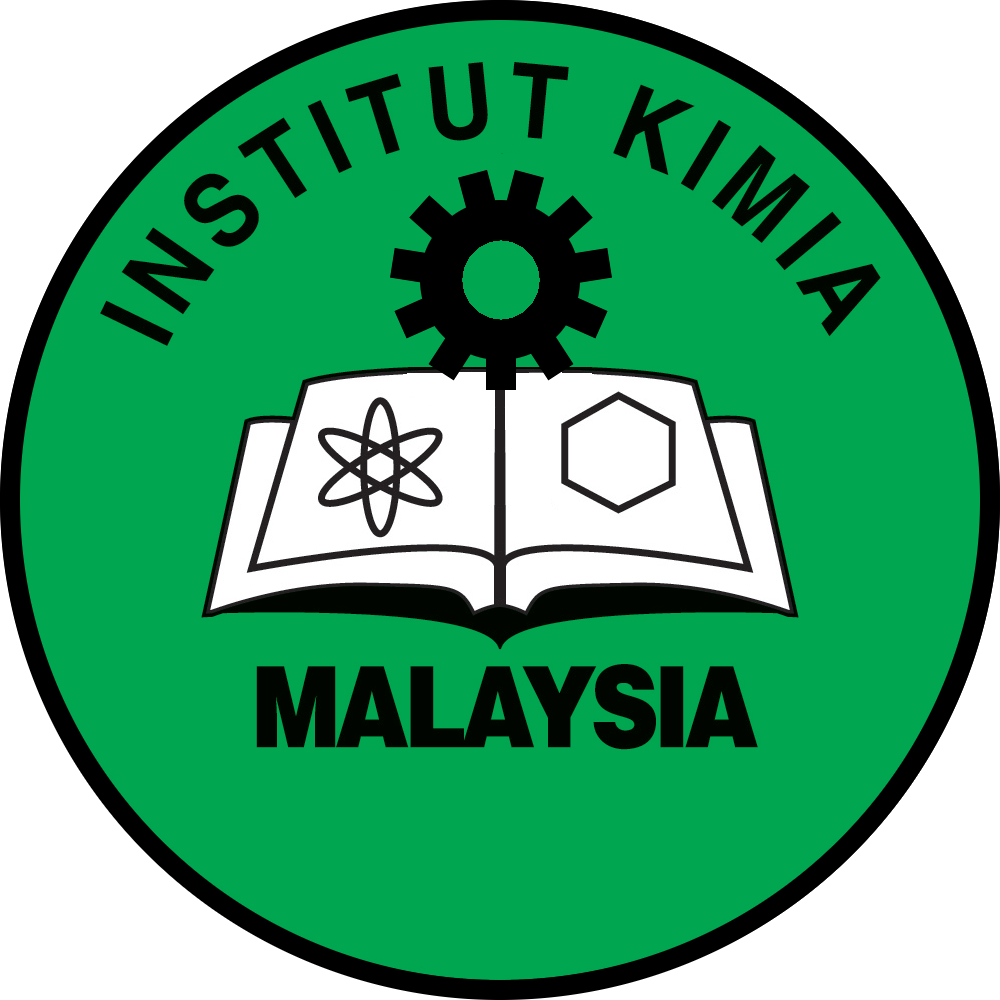Parametric and Adsorption Kinetic Studies of Methylene Blue Removal from Textile Simulated Wastewater using Oil Palm EFB
DOI: https://doi.org/10.55373/mjchem.v25i4.1
Keywords: EFB; methylene blue; biosorbent; adsorption; sorption isotherm
Abstract
In this study, the removal of methylene blue (MB) dye from water samples by adsorption onto oil palm empty fruit bunches (EFB) was explored. The adsorption experiments were carried out at different initial dye concentrations (2 - 10 mg/L), solution pH levels (3 - 11), contact times (60 min), and biosorbent dosages (0.3 - 0.7 g). MB removal was found to increase with a lower initial dye concentration, higher biosorbent dosage and increased contact time. The removal rate was rapid for the first 20 min, and reached equilibrium at 60 min. Adsorption was favourable at a pH above 11. Langmuir and Freundlich adsorption isotherm models as well as pseudo-first order and pseudo-second order kinetic models were considered in order to understand the adsorption mechanisms. The equilibrium data was best represented by the Freundlich isotherm model which had a high R^2 value of 0.9761. The Freundlich model represented a heterogenous EFB surface with a multilayer adsorption pattern which was supported by the adsorption constant, n which had a value of 1.0366 that satisfied the heterogeneity requirement. The kinetic rates complied with a pseudo-second order model indicating that chemisorption controlled the adsorption process. In this study, the EFB surface was characterized using Fourier transform infrared spectroscopy (FTIR) and Brunauer, Emmett and Teller (BET) analysis. The results suggest that EFB would be an excellent alternative low-cost biosorbent for the removal of cationic dyes from textile industry effluent.
